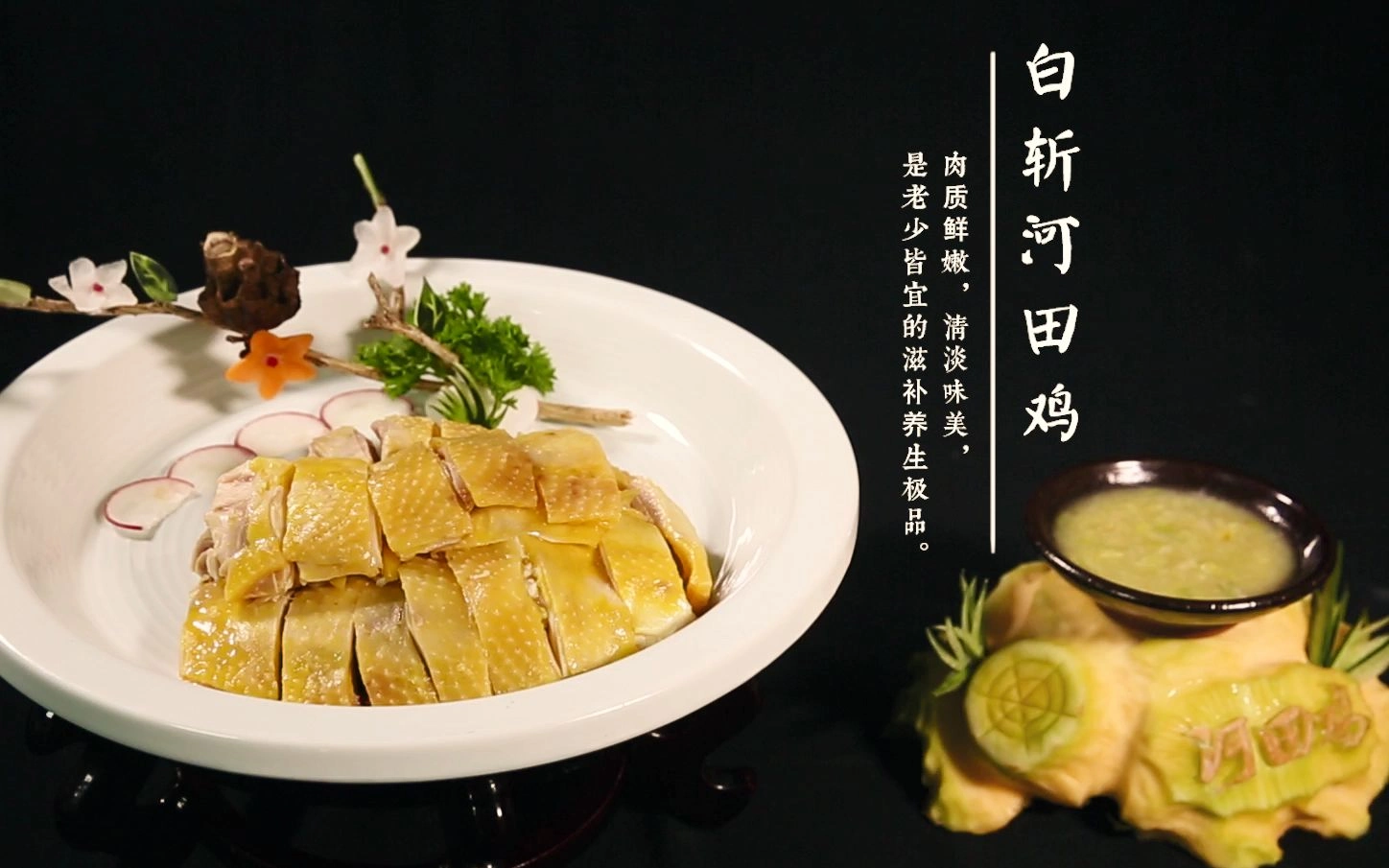The Delicacy of Longyan’s Bai Zhan Hetian Chicken: A Culinary Journey through Flavor and Tradition
Introduction:
As a culinary professional, I am always on the lookout for unique dishes that not only tantalize the taste buds but also carry a rich cultural heritage. One such dish that has captured my attention is the Bai Zhan Hetian Chicken from Longyan City in Fujian Province, China. Known as one of the country’s renowned chickens, this dish is celebrated for its golden skin and tender, succulent meat that pairs perfectly with a zesty ginger sauce. Let’s delve into the origins, cultural significance, and the art of preparing this delectable dish.
Origins and Cultural Background:
The Bai Zhan Hetian Chicken hails from the Hetian region of Longyan, a city steeped in history and culture. The dish has been a staple in the local cuisine for generations, with its origins traced back to the rich agricultural practices of the area. The chicken’s distinct flavor and texture are a result of the unique breed of chickens that are raised in the region, which are known for their hardiness and ability to thrive in the local climate.
Ingredients and Preparation:
The making of Bai Zhan Hetian Chicken is a meticulous process that requires high-quality ingredients. The chicken itself is the star, sourced from free-range Hetian chickens known for their lean meat and rich flavor. The preparation involves a careful balance of cooking techniques to ensure the skin remains crisp and golden while the meat stays tender and juicy.
1. Chicken: A whole Hetian chicken, preferably young and free-range, is the foundation of this dish.
2. Ginger Sauce: A homemade ginger sauce is essential, made from fresh ginger, garlic, soy sauce, and a touch of sugar to balance the flavors.
3. Seasonings: A blend of traditional Chinese seasonings such as five-spice powder, salt, and white pepper is used to marinate the chicken, enhancing its natural flavor.
The chicken is first marinated with the seasonings, then boiled to lock in the juices and tenderize the meat. After boiling, the chicken is submerged in an ice bath to tighten the skin, which is then air-dried to achieve the desired crispness. Finally, the chicken is either roasted or deep-fried to achieve the signature golden skin.
Taste and Texture:
The taste of Bai Zhan Hetian Chicken is a harmonious blend of savory, sweet, and spicy notes, with the ginger sauce providing a refreshing kick. The chicken’s skin is crispy and golden, a contrast to the tender, succulent meat beneath. The texture is a delightful combination of crispiness and softness, with each bite releasing a burst of flavor.
Visual Description:
Visually, the Bai Zhan Hetian Chicken is a stunning dish. The chicken is presented whole, with its skin glistening under the light, a testament to the careful preparation process. The golden hue of the skin is complemented by the vibrant green of the ginger sauce, which is typically served on the side or drizzled over the chicken for an added pop of color.
Representative Dishes and Cuisine:
Bai Zhan Hetian Chicken can be enjoyed on its own or as a centerpiece for a variety of traditional Chinese dishes. It is often served as part of a family feast or during special occasions, symbolizing prosperity and good fortune. The chicken can be paired with a variety of side dishes such as steamed rice, stir-fried vegetables, or noodles, creating a balanced and satisfying meal.
Culinary Characteristics:
The culinary characteristics of Bai Zhan Hetian Chicken are its unique flavor profile, the contrast between the crispy skin and tender meat, and the cultural significance it carries. This dish is not just about the taste; it’s about the experience of enjoying a traditional Chinese delicacy that has been passed down through generations.
Conclusion:
As a food professional, I am always eager to share and celebrate dishes like Bai Zhan Hetian Chicken that offer more than just a meal—they offer a glimpse into the heart of Chinese culinary culture. The Bai Zhan Hetian Chicken is a testament to the art of cooking, the importance of tradition, and the joy of sharing food with loved ones. It is a dish that truly represents the essence of Chinese cuisine and the pride of Longyan City.
